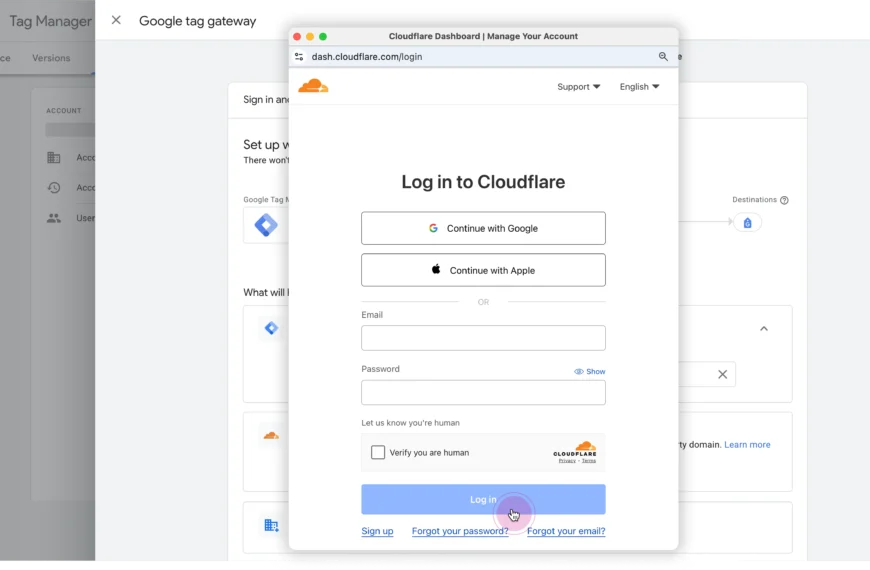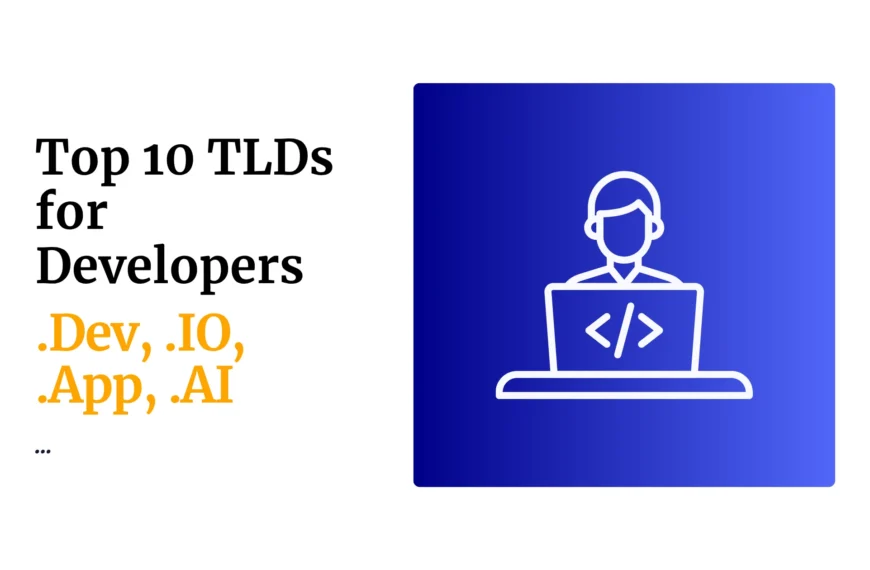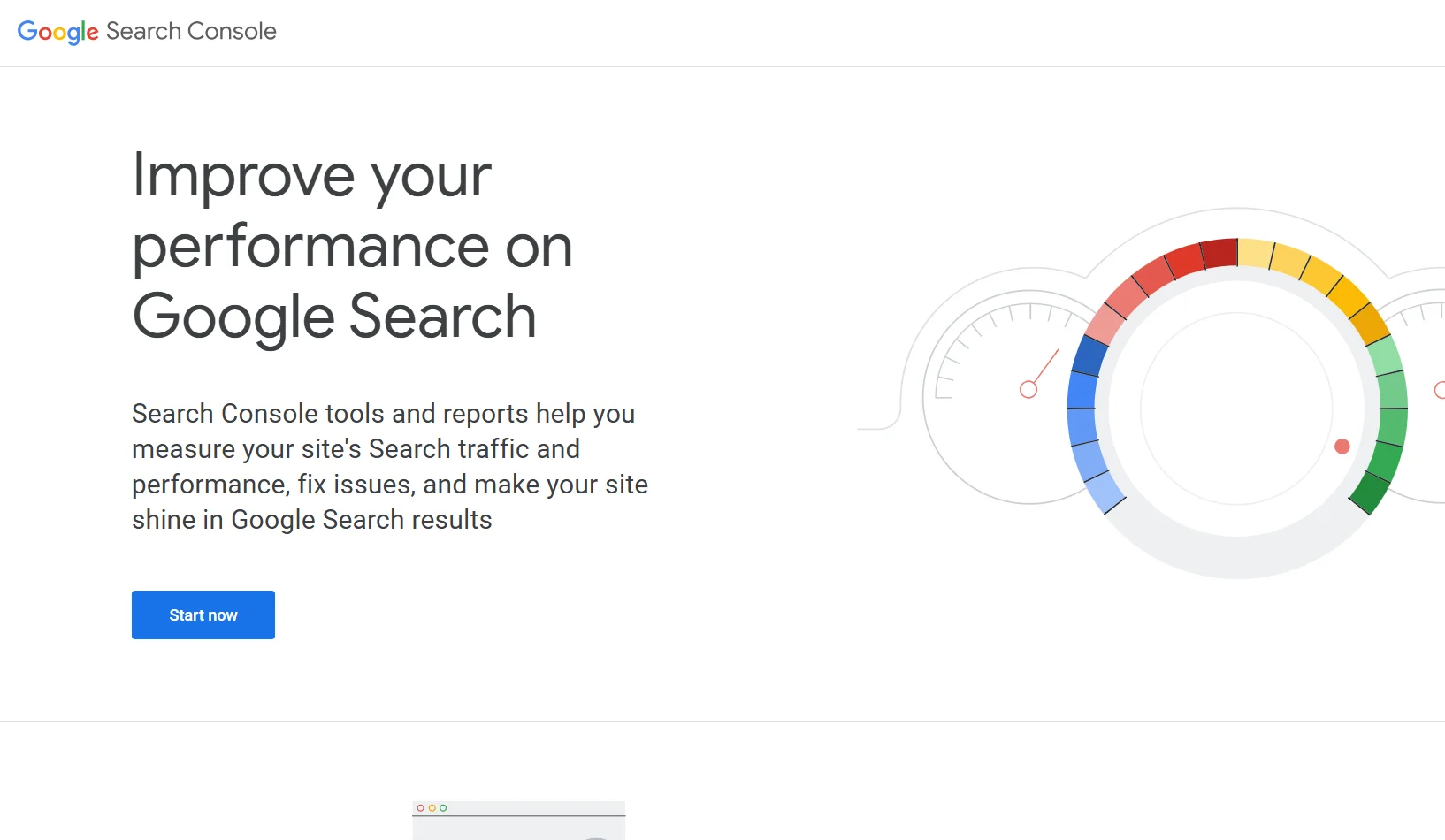Last updated on June 12th, 2025 at 10:27 am
SEO in 2025 has changed drastically.
You’re not just trying to rank for keywords anymore. You’re playing inside a smarter, more complex ecosystem—one where Google understands meaning, intent, and user experience at a deeper level than ever before.
The old rules? Most of them are dead.
What matters now is how well you serve the user, how your content fits into their journey, and how you prove you’re worth trusting.
In this guide, you’ll learn how to win with SEO in 2025. Whether you’re building a blog, growing a startup, or scaling an online store, this is the no-fluff breakdown of how it works today.
Search intent is more important than keywords
You’re not optimizing for words. You’re optimizing for what people mean when they type those words.
Google now uses advanced AI models — like Gemini and DeepMind tech — to understand why someone searches, not just what they search for.
What this means for your content:
- Don’t just target a keyword like “best phones in Kenya”. Think: Is the person comparing brands? Looking for deals? Wanting local delivery?
- Use long-tail keywords that capture specific needs. Tools like AlsoAsked and AnswerThePublic help you map out real user questions.
- Build topic clusters, not single articles. A cluster is a group of posts connected to a pillar topic—for example, “Digital marketing” could include posts on PPC, SEO, content strategy, and local trends.
Google rewards depth, not scattered ideas.
EEAT is now a ranking requirement
EEAT stands for:
- Experience
- Expertise
- Authoritativeness
- Trustworthiness
This isn’t fluff. Google now uses these signals to decide if your page is worth ranking — especially for money or life advice (called YMYL content).
To improve your EEAT:
- Show the author. Use a real name, with a profile, links, and bio.
- Add first-hand experience — like “We tested this product in Nairobi” or “I’ve used this tool in 5 real projects.”
- Use facts, references, screenshots, or original data.
- Apply schema markup to structure your author and article info.
AI content is fine — but not if it’s lazy
Yes, you can use AI writers.
But if you’re just publishing generic, auto-generated fluff? You’re going to get buried.
How to use AI the right way:
- Generate drafts with tools like Jasper or ChatGPT, but edit heavily.
- Add your voice, your opinion, and your proof.
- Include images, comparisons, data tables, product screenshots, quotes, and charts.
AI should be your assistant—not your writer.
Core Web Vitals are now user experience signals
Google tracks how fast, smooth, and responsive your site feels. They call these Core Web Vitals.
In 2025, the top three metrics are:
| Metric | What it means |
|---|---|
| INP (Interaction to Next Paint) | How quickly your site responds when users click or tap |
| CLS (Cumulative Layout Shift) | How stable the layout is while loading |
| LCP (Largest Contentful Paint) | How fast your main content loads |
Use PageSpeed Insights and Lighthouse to test your site speed and fix issues.
Slow, jumpy, or bloated pages? You’re getting outranked—period.
Search is now visual, voice-based, and AI-enhanced
Google Search has gone beyond blue links.
You now have to think in multimodal content: voice, images, video, and AI snippets.
Here’s how it looks in 2025:
- AI summaries (SGE) show above traditional results.
- Short videos (like TikToks and YouTube Shorts) appear in featured carousels.
- Google Lens and voice queries show different answers than typed searches.
How to rank in these formats:
- Use clear headings and structured data.
- Add short-form videos, FAQs, how-to schemas, and alt-texted images.
- Use natural language, as if you’re answering a voice assistant.
If you’re not optimized for AI-driven search, you’re invisible to half your audience.
Topical authority now beats domain authority
Forget chasing high-authority backlinks.
Today, Google rewards sites that cover a topic in full — not those that just have a high Domain Rating (DR).
Build topical authority by:
- Covering one niche in-depth before expanding.
- Using tools like LowFruits or Keyword Insights to build smart content maps.
- Linking your posts internally using clear anchor text.
If you’re writing about fintech in Kenya, write 20 posts about fintech trends, startups, mobile banking, regulation, and use cases — not 5 random posts on SEO, health, money, cars, and tech.
Zero-click search is rising — adapt or lose traffic
Google’s AI now answers questions without sending traffic. These are called zero-click searches.
You need to win visibility inside Google’s own elements:
- Featured snippets
- People Also Ask
- Video carousels
- Local packs
- AI summaries
Here’s how to get into them:
- Use FAQ and HowTo schema.
- Format answers in bullet points or numbered lists.
- Use clear subheadings and short paragraphs.
- Add summary boxes for fast answers.
Ranking #1 doesn’t always get you clicks—but winning the snippet does.
Entity SEO and knowledge graphs matter now
Google doesn’t just look at words — it understands entities.
Entities are people, places, companies, products, and concepts with relationships. Google uses them to build knowledge graphs — structured maps of how ideas connect.
Make your site part of the graph:
- Add structured data (schema).
- Create a Google Business Profile.
- Link to and from authoritative sources like Wikipedia, LinkedIn, Wikidata, and Crunchbase.
- Use Kalicube to manage your brand entity and get a Knowledge Panel.
Local SEO is smarter, live, and hyper-personal
For businesses in Kenya and other emerging digital markets, Local SEO in 2025 is real-time.
Google now favors businesses that:
- Update their Google profiles often
- Respond to reviews quickly
- Post regular Q&As and photo updates
- Offer chat, appointment booking, and live availability
Use BrightLocal or Whitespark to dominate local rankings.
In Diani, Eldoret, or Nairobi, hyper-local SEO can now beat national players.
Branding is part of your SEO now
If people don’t search your brand name, you’re playing a losing game.
Google tracks brand signals like:
- Direct traffic
- Branded search volume
- Social mentions
- Backlinks with brand anchor text
To grow brand signals:
- Start a podcast, video series, or newsletter
- Get featured on other trusted sites
- Run branded ads and local campaigns
- Use consistent messaging and visual identity
In 2025, SEO without brand building is like a boat with no paddle.
Tools that matter most in 2025
| Tool | Use |
|---|---|
| SurferSEO | Real-time content structure optimization |
| Frase | AI-driven content briefs |
| Ahrefs | Backlink and keyword analysis |
| Screaming Frog | Site audit and crawl error checks |
| Neural.love | Generate high-quality images for SEO |
| Schema.dev | Add rich schema markup easily |
Avoid these outdated tactics
❌ Publishing short, shallow 500-word posts
❌ Using AI to publish unedited content
❌ Buying shady backlinks or PBN links
❌ Keyword stuffing
❌ Ignoring mobile users or slow design
❌ Skipping author bios and trust elements
Final word: SEO in 2025 is about experience, depth, and trust
You can’t game the system anymore.
SEO in 2025 rewards the sites that give users exactly what they want, in a format they love, on a platform they trust.
So write like a human. Think like your audience. Use AI, but stay in control.
And most importantly?
Become the brand Google wants to recommend.
Want a custom SEO checklist for your blog or business? Let’s build one based on your goals, niche, and audience…, when you order a website development service with us.
 Domain SearchInstantly check and register your preferred domain name
Domain SearchInstantly check and register your preferred domain name Web Hosting
Web Hosting cPanel HostingHosting powered by cPanel (Most user friendly)
cPanel HostingHosting powered by cPanel (Most user friendly)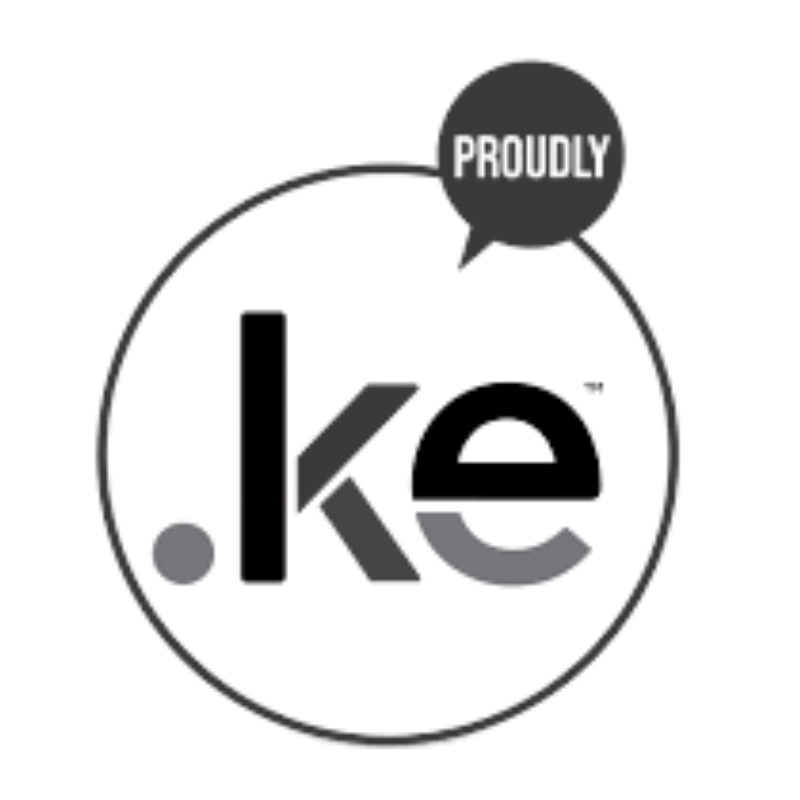 KE Domains
KE Domains Reseller HostingStart your own hosting business without tech hustles
Reseller HostingStart your own hosting business without tech hustles Windows HostingOptimized for Windows-based applications and sites.
Windows HostingOptimized for Windows-based applications and sites. Free Domain
Free Domain Affiliate ProgramEarn commissions by referring customers to our platforms
Affiliate ProgramEarn commissions by referring customers to our platforms Free HostingTest our SSD Hosting for free, for life (1GB storage)
Free HostingTest our SSD Hosting for free, for life (1GB storage) Domain TransferMove your domain to us with zero downtime and full control
Domain TransferMove your domain to us with zero downtime and full control All DomainsBrowse and register domain extensions from around the world
All DomainsBrowse and register domain extensions from around the world .Com Domain
.Com Domain WhoisLook up domain ownership, expiry dates, and registrar information
WhoisLook up domain ownership, expiry dates, and registrar information VPS Hosting
VPS Hosting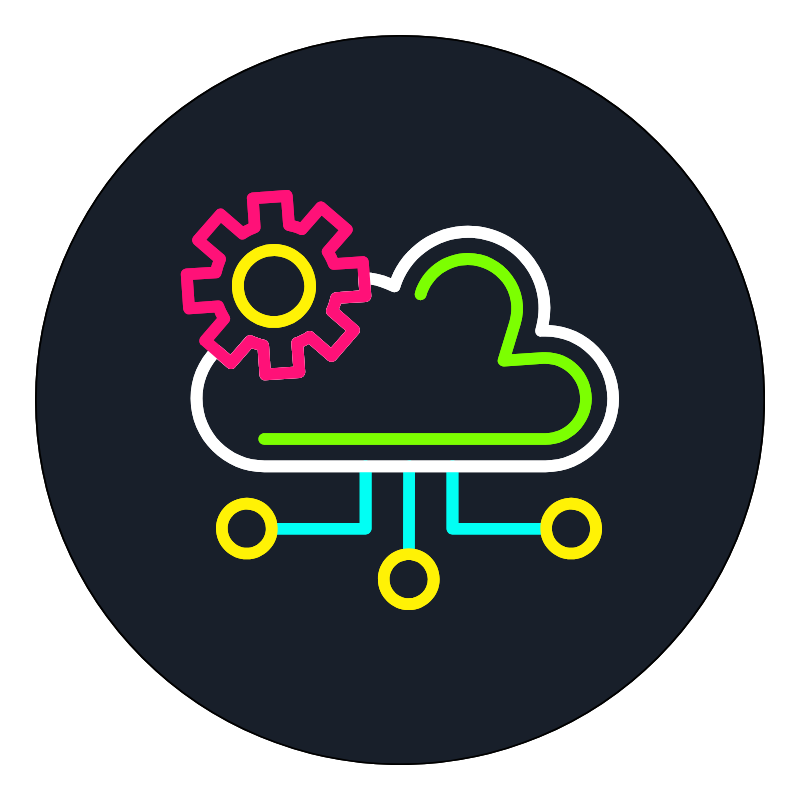 Managed VPSNon techy? Opt for fully managed VPS server
Managed VPSNon techy? Opt for fully managed VPS server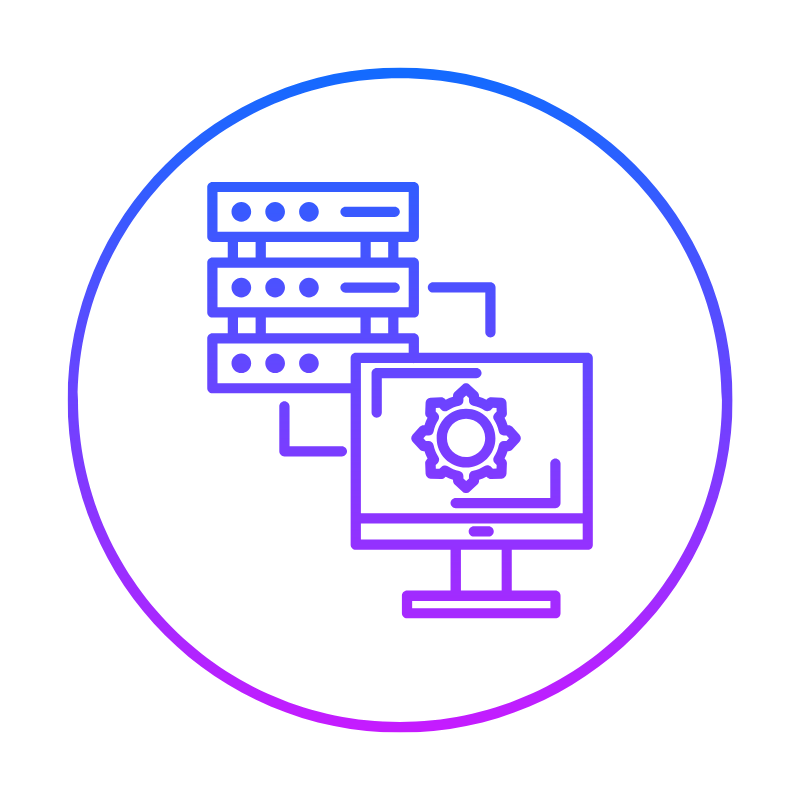 Dedicated ServersEnjoy unmatched power and control with your own physical server.
Dedicated ServersEnjoy unmatched power and control with your own physical server. SupportOur support guides cover everything you need to know about our services
SupportOur support guides cover everything you need to know about our services


